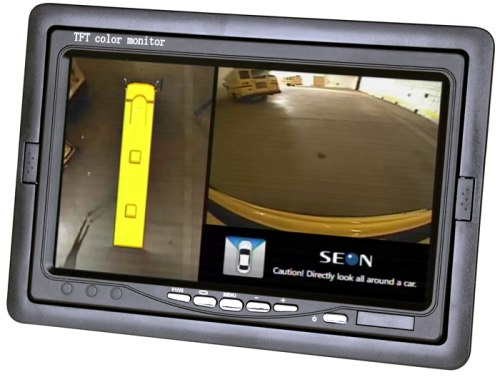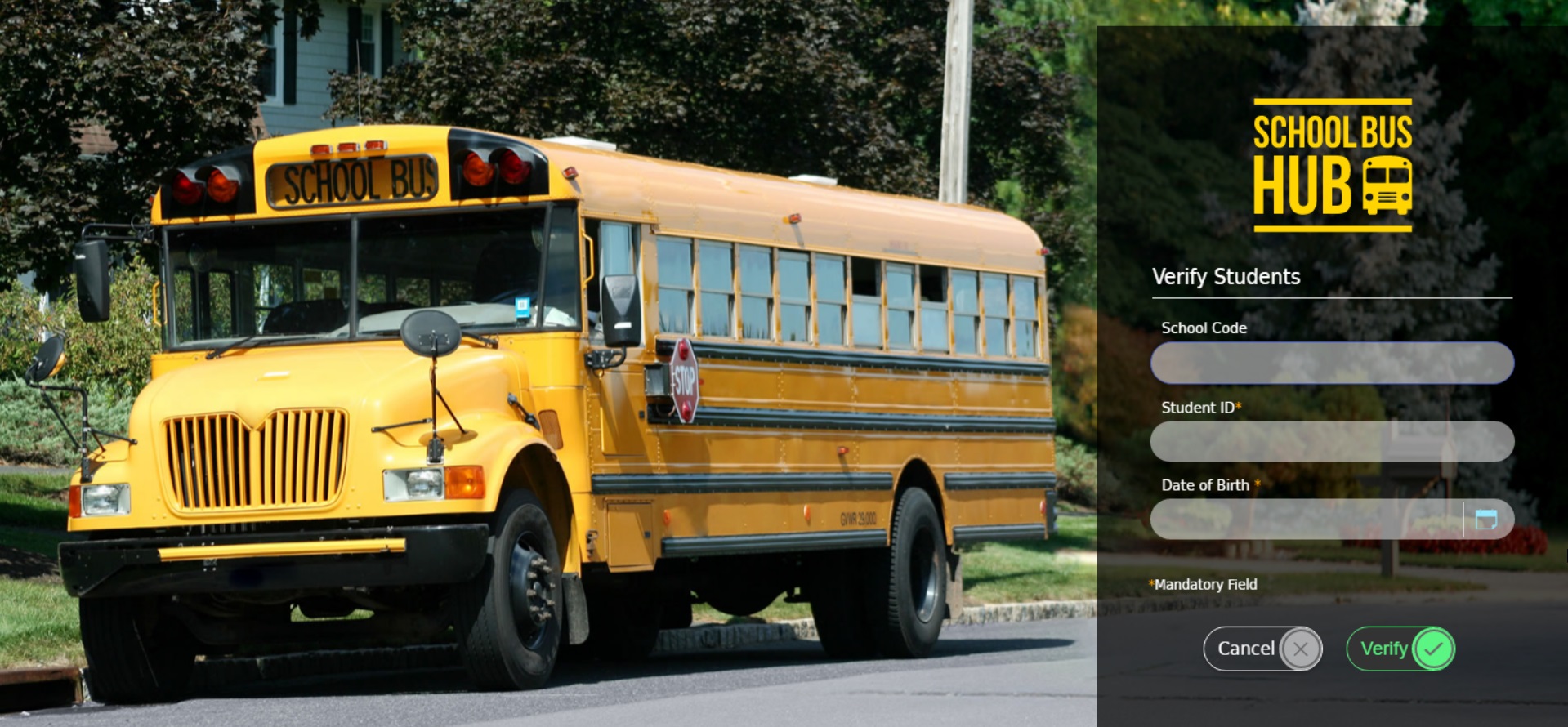Over the last 50 years, technological advances have shaped the modern world. As technology gets more accessible, it’s expanding into all areas of life. The student transportation industry of tomorrow is not going to be the same as the student transportation industry of today.
Let’s have a closer look at what challenges we have in 2017 and how new and emerging school bus safety technology can help us solve them.
Challenge #1. Too Many Distractions
For school bus drivers distractions might come from anywhere. A lot of accidents on the road happen when drivers are using cell phones or when pedestrians don’t notice buses while texting on mobile or listening to music. The driver might also experience distractions from student noise behind them, or from physical obstacles. According to statistics collected by the Kansas State Department of Education’s School Bus Safety Unit, in 2015-16 school year, four children died in school bus loading and unloading accidents in the U.S. Three of them were struck by school buses and one – by a passing vehicle.
In this video, KMBC 9 News reports on the number of pedestrians killed on Kansas City-area streets pointing to the increased danger caused by drivers and walkers who are distracted.
So, how can technology of today solve this problem?
One of the most promising solutions today to help drivers cope with distractions and prevent deadly accidents is a perimeter safety system – it provides a 360-degree view around the vehicle to help prevent collisions and improve pedestrian safety. With this type of tool, the driver has a better view of the vehicle’s surroundings, by knowing what’s happening on each side of the bus. The views on the split screen change automatically to avoid driver distraction depending on whether the vehicle is turning left or right, moving forward or back.
Here is another problem that fleets can face. In emergency situations, authorized staff may need up to the minute information on what’s happening in the vehicle. Instead of distracting drivers and calling them, supervisors can log in online or on their mobile phone using special live streaming software and access any of the installed camera views in seconds.
Challenge #2. Too Many Demands
Today parents want to know where their child is every step of the day. Either through a cell phone, applications, or some kind of tracking device, technology is there to help parents keep an eye on their kids. They also expect a high level of accountability from school transportation. Add to these requests from school administrators, law enforcement, and insurance organizations and you’ll get an overwhelmed and stressed out team trying to cope with everything at once.
So, how can transportation departments keep up with all the demands? Today there are a number of applications that provide real-time bus arrival information to parents. These solutions should be integrated with your routing platform to allow parents to see their child’s bus location on a map and notify when the bus is expected to arrive. By integrating these applications, transportation teams can reduce complaints from parents, free up staff, and simplify route communications.
Another great technology is live GPS tracking: when you have a request and you need to find a bus in a hurry, you can get live updates from any internet-connected device. School transportation teams can add student ridership tracking to determine not only where the bus is but what students are on it at any given time.
Challenge #3. Not Enough Time for Everything
As our personal time is precious and we want to have more control over our fleets, we also want access to our fleet data from anywhere whether we are on vacation, on the road, at a conference or even at lunch.
Today’s technology allows us to do this. Most fleet management software is built on secure web-based platforms. You just have to log in to get access to advanced reporting, route planning or other data. You don’t need to go outside in the cold or rain to every bus to get a hard drive with the recorded video. If you have wireless access you can schedule automatic downloads of marked events and watch the video from the comfort of your office.
Know Your Priorities and Implement with Integration in Mind
As the number of school bus safety technology solutions grows, there grows a need for their seamless integration. For example, some 15 years ago only 20% of school buses had VCR technology on the bus with 1 camera. The quality of the video left much to be desired. Today video surveillance technology is adopted by around 80% of student transportation fleets. Modern fleets are also equipped with computerized routing, GPS, student and vehicle tracking technology, live streaming, and other advanced solutions. If your technology and software are integrated, you can predict emergencies and risky behaviors and prevent incidents rather than react to them after they’ve already happened. For example, predictive analytics can help correct driver behavior by providing instant feedback.
The key here is to choose which problem you need to solve first to get the best results. Depending on needs and priorities, each fleet will have a different technology adoption path and budget. Start with performing the audit of the technology you have and make a list of solutions you might need in the coming five years. This way you’ll be investing with the end goal in mind and save significant resources.
This list of challenges is definitely not exhaustive, so if you have a challenge that you want us to help you solve, leave us a comment below or on our Facebook page.
Want to talk about your particular situation? Call us at 1-877-630-7366 (toll-free) to talk to a professional in safety technologies in your area.

Vlada Terenina
Marketing Coordinator | Seon
vlada.terenina@seon.com



